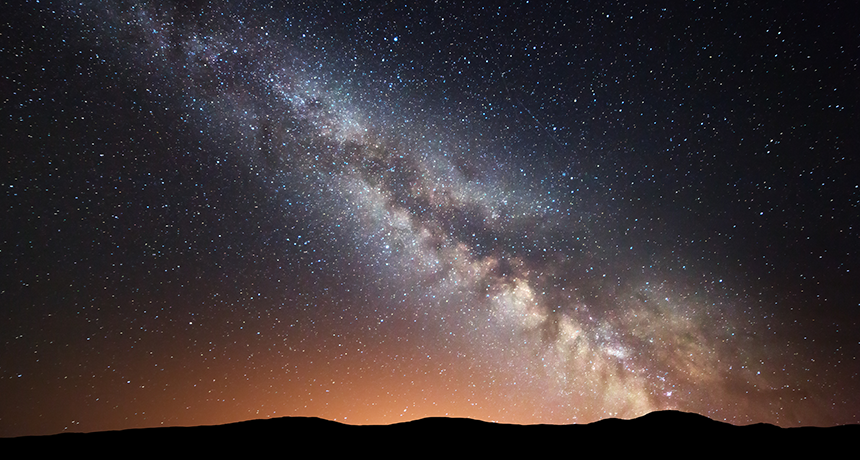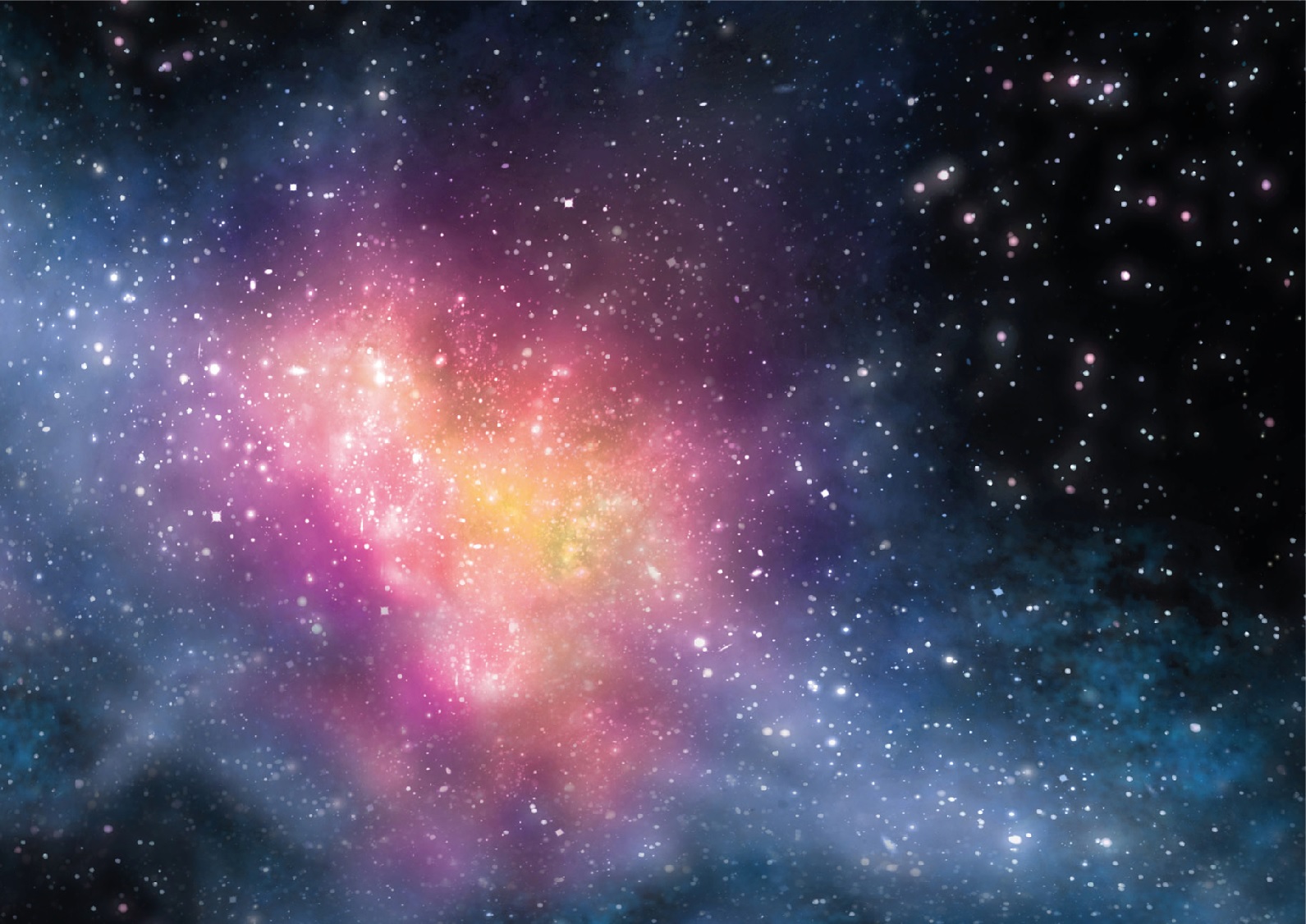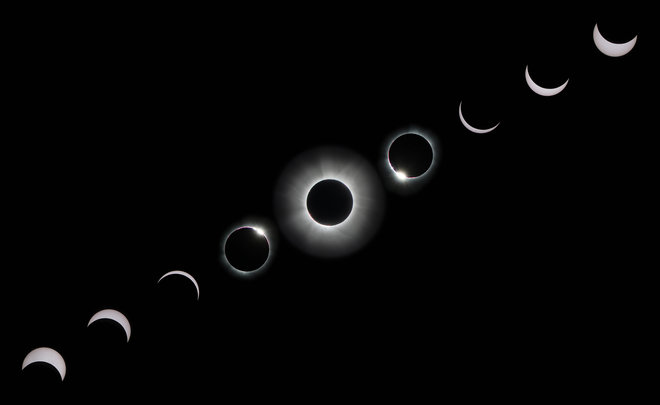
Recognize this constellation?
Well, at the time stamp of about 2000 AD (CE), I think you will. It’s one of the most famous constellations in the night sky.
Well, technically, it’s not a constellation at all.
It’s an asterism—a commonly recognized grouping of stars that isn’t actually official as a constellation. There are tons of asterisms that you no doubt recognize…the Summer Triangle, the Great Square of Pegasus, the Big Dipper.
That’s right. That mess of stars up there that keeps changing for some reason…that’s the oft-recognized Big Dipper, part of the constellation Ursa Major.
So why the heck are the stars moving?
Continue reading


